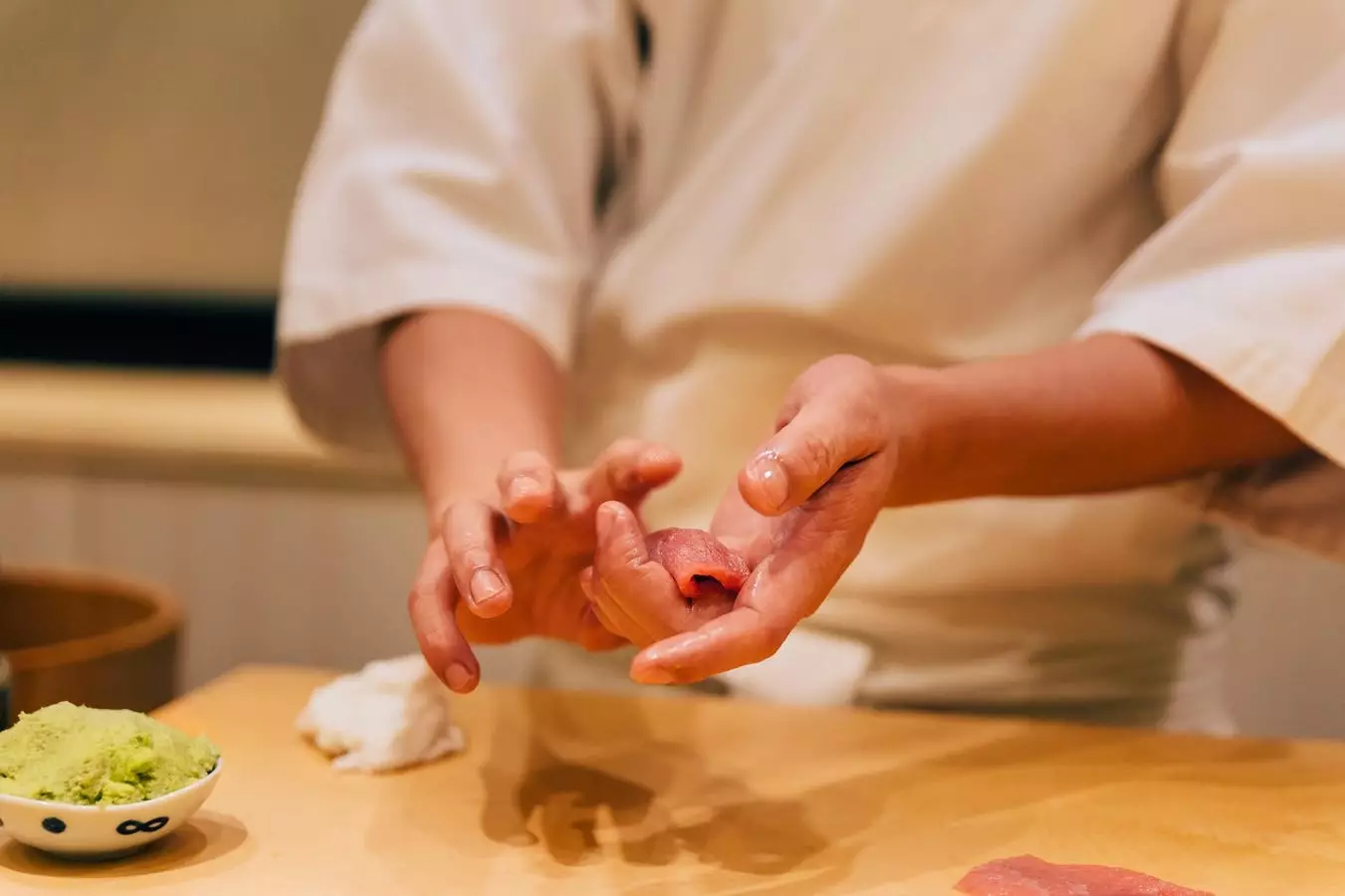Sushi has transcended its origins to become a beloved staple in the American culinary landscape. The sushi restaurant industry in the United States saw its market size swell to a staggering $27.9 billion in 2022. Over the past decade, this figure has surged by an impressive 163%. This growth has not only transformed dining habits but has also spurred a significant demand for skilled sushi chefs. With over 26,040 Japanese restaurants operating in the U.S. by the end of 2022—an enormous jump from a mere 3,051 in 1992—it’s evident that sushi is no longer an exotic choice but a mainstream one.
While sushi can appear to be a simple combination of raw fish and rice, the art of making sushi is anything but easy. It involves years of meticulous training, an understanding of flavors, and an appreciation for presentation. This complexity is illustrated in the acclaimed 2011 documentary “Jiro Dreams of Sushi,” which showcases the rigorous journey of a master sushi chef. With increasing popularity comes an increased need for talented chefs, yet the supply is not meeting the demand.
Despite sushi’s growing popularity, a significant problem looms: there is a notable shortage of skilled sushi chefs. This issue stems not only from the heightened demand but also from a dwindling supply of those who can proficiently wield a sushi knife. Recent trends indicate that even in Japan, the source of traditional sushi preparation, younger generations are less inclined to dedicate years to the demanding apprenticeship system required for mastering the craft. This cultural shift poses serious challenges to sushi’s authenticity and quality worldwide.
The barriers to bringing in chefs from Japan are also escalating. Stringent immigration policies and reduced visa allocations for foreign workers have made it increasingly difficult for U.S. restaurants to recruit talent directly from Japan. As a result, restaurant owners now face a dual challenge: retaining quality and meeting customer expectations while navigating a limited pool of applicants.
To combat this shortage, innovative solutions are starting to emerge. The traditional apprenticeship model is facing scrutiny, prompting discussions around incorporating more structured educational programs to facilitate training. Institutions such as the Tokyo College of Sushi & Washoku, established in 2016, epitomize this shift. The college has reported a remarkable 100% job placement rate for graduates, reflecting the need for structured training in sushi preparation.
While traditionalists may regard formal education as a compromise of authenticity, many in the industry are recognizing the urgency of the situation. Schools not only produce graduates who can meet the demand in Japan, but they are also exporting talent worldwide. The Tokyo Sushi Academy, founded in 2002, has over 5,300 graduates working in sushi establishments across more than 50 countries.
One notable figure in this evolving landscape is chef Andy Matsuda, who opened the Sushi Chef Institute in California in 2002. With roots in a culinary family and formal training from prestigious sushi establishments, Matsuda experienced firsthand the challenges sushi chefs face. After overcoming health issues related to the stresses of the sushi industry, he dedicated himself to creating a training school that would help usher in a new generation of sushi chefs. His eight-week courses are popular and attract not only American students but also aspiring chefs from Latin America and Africa.
The increased interest in sushi education has geographical implications beyond Japan and the U.S. Wealthy individuals from various parts of the world are now sending their private chefs to Matsuda’s classes to better understand sushi-making techniques. This trend represents a growing recognition of sushi’s global appeal and its incorporation into diverse culinary traditions.
Noteworthy developments continue as more institutions expand internationally. The aforementioned Tokyo College of Sushi & Washoku launched a branch in London in September 2024, led by chef Yoshihiko Shida, who brings decades of culinary experience—spanning across various global cuisines—to the program. His approach speaks volumes about the evolution of sushi, emphasizing the importance of creativity and individual expression in its preparation. By blending traditional skills with innovative ideas, schools aim to redefine sushi for a contemporary audience.
The sushi chef shortage encapsulates the broader challenges faced by a culinary art experiencing exponential growth. As the demand for sushi increases, so too does the need for trained professionals capable of meeting consumer expectations. While traditionalists may criticize the shift toward structured education, the reality is clear: innovation in training and culinary education will be crucial in sustaining sushi’s future in the global culinary scene. As sushi chefs continue to emerge from both traditional pathways and modern classroom settings, the landscape of this beloved cuisine will only grow richer and more diverse.


Leave a Reply